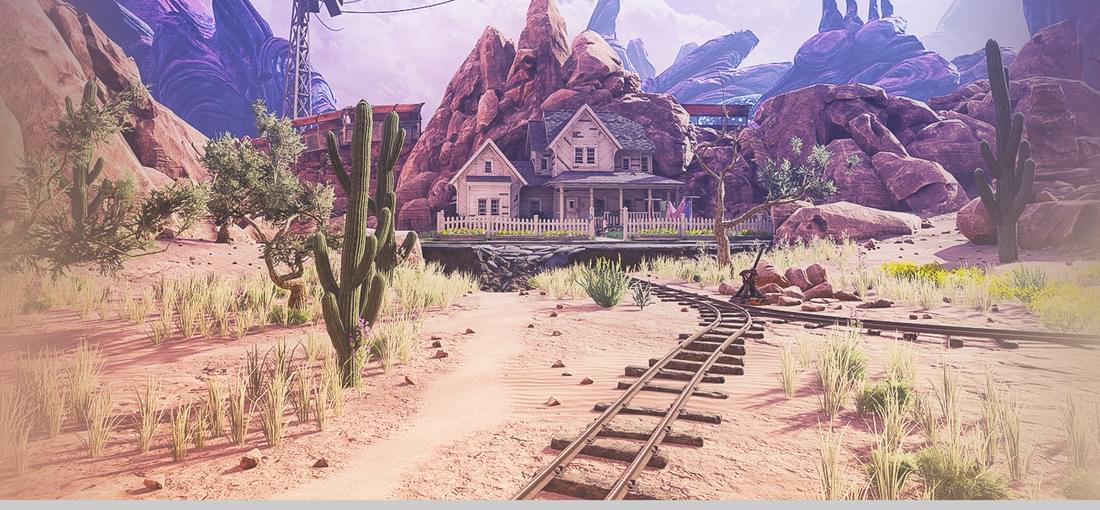


I more than met the minimum system requirements, and the game was a brutal headache to play, on two fronts: bugs and performance. I also have some issues with the puzzle design, but that's somewhat subjective. BUGS -- So many bugs. I'm sure many bugs will be fixed in due time. But they still sucked. I was irritated to take photos through my first 4 hours of play, only to go back and find them unusable, though I can work around that with screen shots and a little backtracking. I was irritated to get soft-locked in so many spots in the game (like forcing a save at the wrong time, or navigating to certain locations where you get stuck, etc.), but I figured out how to work around them. Some bugs are more brutal. Falling through a platform floor while you're moving is unrecoverable, and since the game made the awful design choice of forbidding manual saves, this means that you're forced to replay the whole game. What a bad design choice. There are many more bugs (of varying severity), but I digress. I'm sure this aspect will get better as patches are released. PERFORMANCE -- I meet the minimum system requirements, and the game is borderline unplayable. I quickly realized that to avoid constant freezing and sticking and stalling I'd have to run the game on the lowest graphics settings (including resolution). Guess what? There are important environmental clues you can't even read on the lowest settings. You read that correctly -- they have a graphics setting which renders the game impossible to beat. You can't play the whole game in low res mode. Without giving spoilers, there are several locations in the game where crucial information is illegible or not visible on low resolution. Combined with the awkwardness of the controls when manipulating objects, this led to one puzzle (the tower elevator) being essentially impossible for me. Hell, you can't fully read most of the books or papers on low res settings. So every time I had to read something, I'd have to switch the graphics settings, then switch back. This crashed the game a few times, and made it kind of awkward to play. But by far the worst part was the loading screens. Again, I meet the minimum system requirements (including the GPU memory). Using a non-SSD, the loading screens between locations lasted between 45 seconds and 7 minutes, with an average of around 3 minutes (depending on the complexity of the place you're swapping to). Early on this was annoying, but I was so eager to play the game that I looked past it. But soon you realize that swapping locations is the CENTRAL MECHANIC in most of the game's puzzles. I'm guessing typical players will need to swap something like between 75 and 150 times while playing. I got as far as the maze puzzle, realized what would be involved (probably 30 or so loading screens as I was poking around with the solution), and I just gave up. Spending hours and hours looking at a loading screen while solving a single puzzle? At first I thought maybe something was haywire with my machine. But nope. A quick survey of internet forums shows that my experiences were extremely common. So what happened in development? Did the people at CYAN simply not realize that the loading would take so long, and by the time they realized it they were too far into the development to change course? Or did they realize from the beginning that it would be horrible for slower systems and they simply didn't care? Something else? I really don't know. CONCLUSION -- The game is so poorly optimized in terms of performance that CYAN should have been more honest about the ACTUAL minimum system requirements. In it's current state I suspect the game is going to be very tedious and unpleasant for most people with minimum systems. In 3 years or so, when today's top-end GPUs are affordable, and when the game has been properly patched, I'm sure it will be a fun game for those without high-end gaming rigs. Had I known any of this, I would have simply waited a few years to play the game.